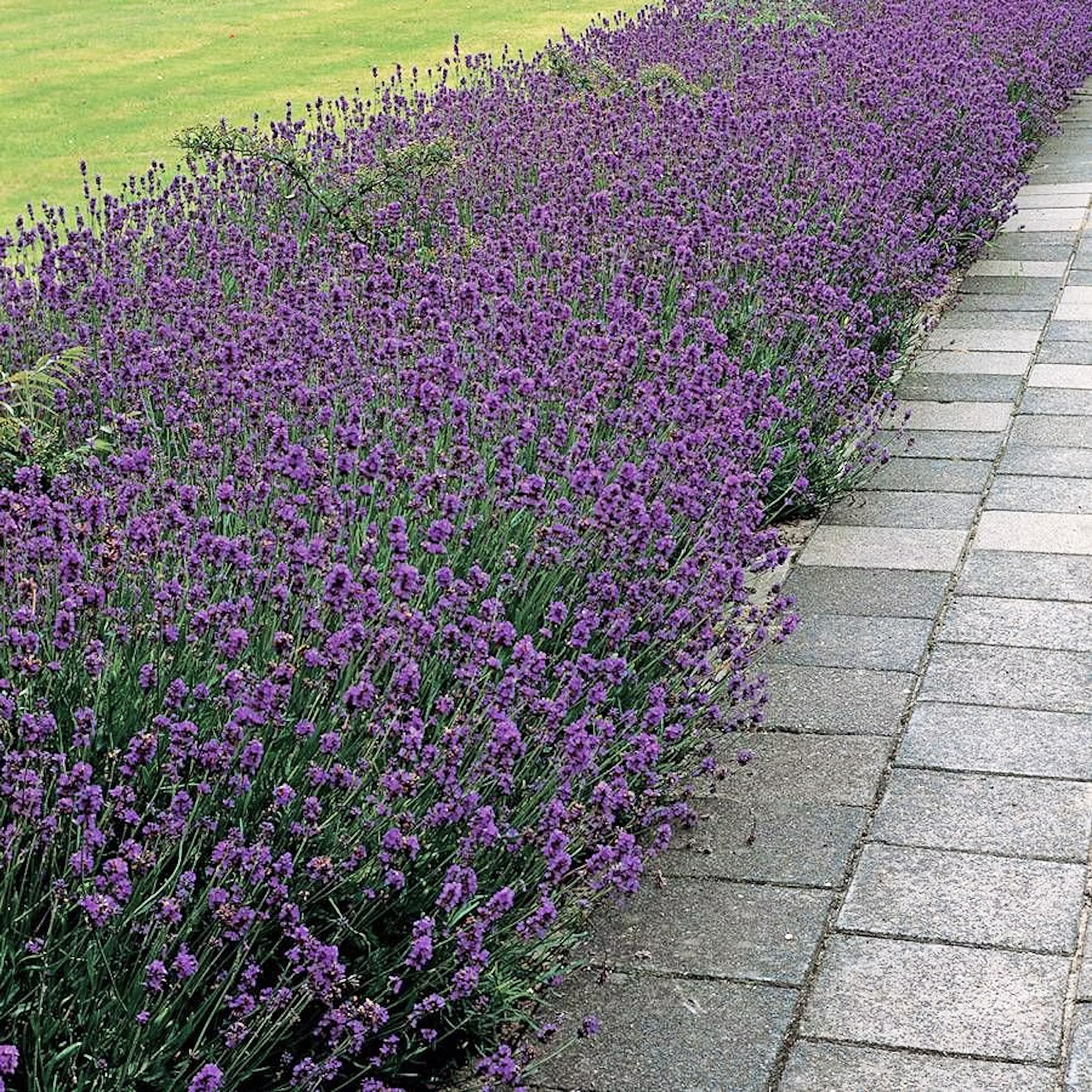Munstead Lavender – Ideal For Compact Spaces
Munstead lavender is a compact, especially fragrant variety that you're sure not to regret.


Quick Munstead Lavender Facts:
Botanical name: Lavandula angustifolia ‘Munstead’
Height: 12-18 in. (30-46 cm)
Spread: 12-24 in. (30-61 cm)
Sun exposure: Full sun
Soil requirements: Neutral, slightly alkaline
Hardiness zones: USDA zones 5-9
When to plant: Spring, fall
Attractive, fragrant, and beneficial—it’s easy to understand why lavender is so popular. This is especially true of more common species, such as Lavandula angustifolia. Varieties of this type thrive across a wide range of conditions, with their ease of growth most valued within herb gardens. One cultivar, 'Munstead,' has gained special fame.
Caring for Munstead Lavender
Here we'll cover the ins and outs of 'Munstead' lavender care, including watering, light, fertilizing, propagation, and much more.
Lighting Conditions
English lavender plants grow best where they are able to receive full sun throughout the day, at least 6-8 hours. Though it's possible to grow 'Munstead' plants in part shade, doing so may negatively impact their overall vigor and flower production.
Temperature and Humidity
‘Munstead’ lavender will thrive in regions where weather remains warm and dry throughout summer. Though plants are able to tolerate brief periods of heat, most lavenders will languish where conditions are especially humid. The same can also be said of the variety’s hardiness to cold, with winter damage to plants beyond USDA zone 5.
Watering Needs
In general, lavender plants are well-adapted to dry conditions. Still, routine irrigation will be needed during periods of drought or where rainfall is insufficient. Water at a rate of approximately 1 inch (2.5 cm) every 7-10 days.
Fertilizing
Fertilize lavender plants with care, making certain to avoid high-nitrogen feeds. Though nitrogen can aid in promoting growth, excess use with lavender may cause plants to droop or become leggy. The production of flowers will also suffer in these instances.
Soil and Compost
English lavender plants will grow best in neutral or slightly alkaline soils. Good drainage is a must, with most types preferring that which is sandy. Finished compost and other amendments can be added to improve drainage or help to adjust the pH levels of garden beds.
Sign up for the Gardening Know How newsletter today and receive a free copy of our e-book "How to Grow Delicious Tomatoes".
Where and How to Plant Munstead Lavender
Those growing ‘Munstead’ lavender will first need to amend beds. Fertile, well-draining soil is a must, as is the plant’s proximity to the sun. This variety is said to be especially attractive when planted en masse, in cottage gardens, and when used in pots and containers. This is due to its immense bloom and compact, dwarf growth habit.
Prune and Deadhead Munstead Lavender
Like most types of lavender, ‘Munstead’ plants will benefit from routine deadheading and pruning. The removal of spent or faded blooms will help to keep plants and beds looking tidy. Further pruning, or a light shearing, may be needed after flowering has ceased. In ‘Munstead’ lavender, growth rate may be increased by this technique. Annual pruning will also help you to better maintain the desired shape of plants and prevent them from becoming excessively woody.
How to Harvest Munstead Lavender
‘Munstead’ lavender harvest time falls approximately 100-110 days after planting. As lavender is best harvested when the flowers are fresh, you should wait until approximately one-third of each flower stem has opened before clipping them from the plant. Harvest only healthy stems, making certain to discard those which are damaged or show any signs of pests or disease. Flower heads can then be dried, used in the kitchen, or used in various crafts.
Munstead Lavender Problems, Pests, and Diseases
Lavender plants only seldom have trouble with disease. However, both under- and overwatering can be problematic. Issues with drainage may lead to wilt, or even the development of fungal diseases like powdery mildew or rot. Though lavender is frequently used to deter garden pests, it is not without its own worries in terms of insects. You should routinely monitor plants for damage throughout the season, with special attention given to the presence of spider mites, scale, and whiteflies.
Best Ways to Propagate Munstead Lavender
Lavender is most commonly propagated through cuttings. This is best done in spring, when small cuttings are taken from plants. Leaves are then gently removed from the bottom one-third of each cutting, just before being dipped into rooting hormone. Clippings are placed into moist rooting medium, where they will remain until growth resumes.
Like many perennials, lavender seed propagation often requires special treatment before germination can occur. Those hoping to start plants indoors should cold-stratify seed for several weeks before planting. Another option, the winter sowing method, may also be useful in mimicking the natural needs of lavender. Regardless of technique, you can expect germination times to vary, ranging from several weeks to several months.
Frequently Asked Questions
Is Munstead Lavender a Perennial?
‘Munstead’ lavender is perennial, hardy to USDA zones 5-9.
What is the Difference between Munstead and Other Lavenders?
Commonly referred to as English lavender, ‘Munstead’ differs from other species in a variety of ways. Most notable among these is its light, sweet fragrance and especially attractive presentation when used as an ornamental in the home landscape.
Which Lavender is the Most Fragrant?
The overall quality and scent profile of lavender plants can vary greatly from one type to another. While it is true that each has their own merits, popular opinion puts Lavandula angustifolia and Lavandula x intermedia as among the most fragrant.
This article features products available from third-party vendors on the Gardening Know How Shop.

Tonya Barnett has been gardening for 13 years. Flowers are her passion. She has transformed her backyard into a cut flower garden, which she regularly chronicles on her YouTube channel http://www.youtube.com/@tonyawiththeflowers.
